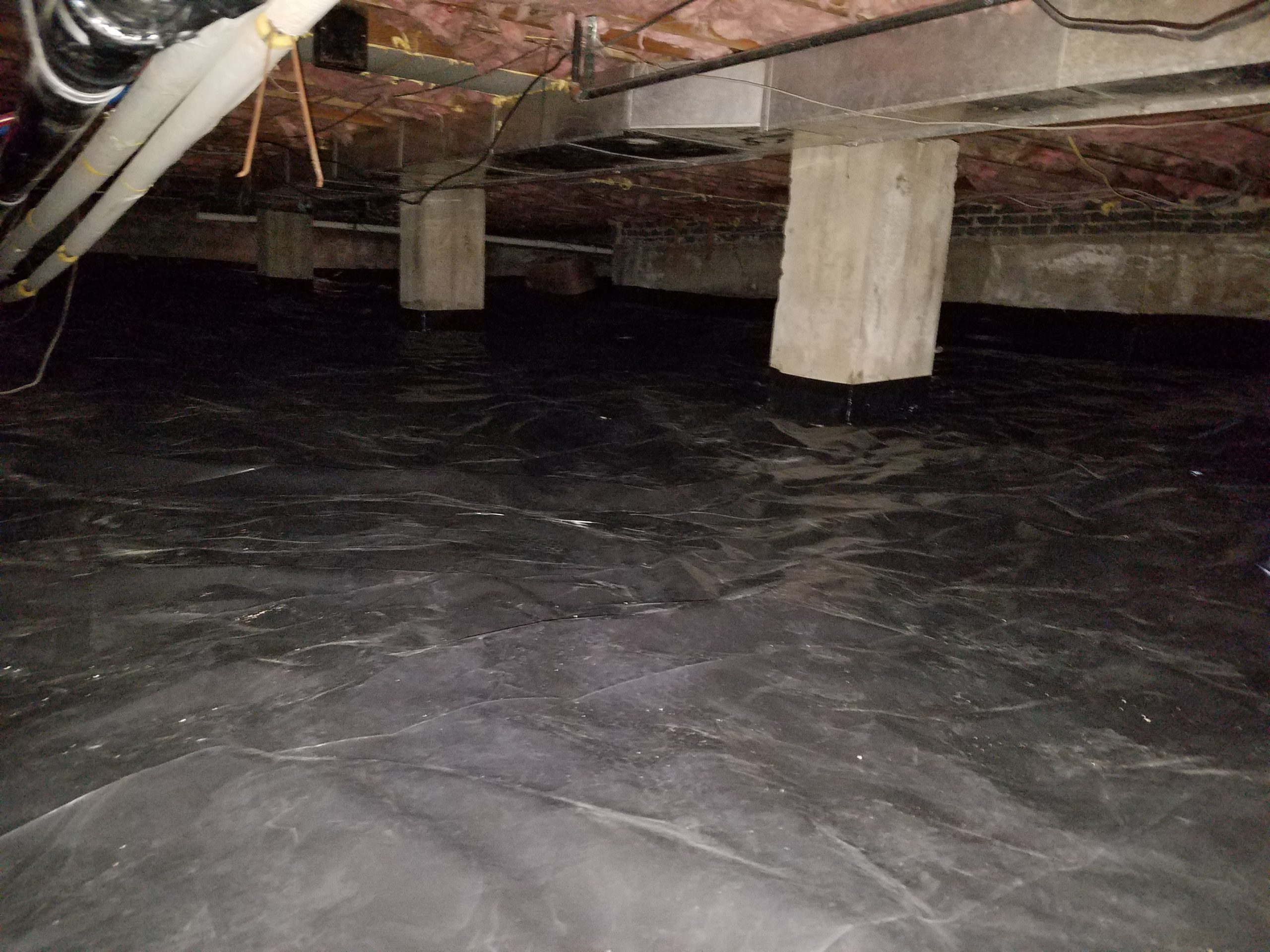

The original reason for using vapor barriers was a good one: to prevent wall and ceiling assemblies from getting wet. Any material with a perm rating of less than 0.10 is considered a Class 1 vapor retarder. VDRs are rated by the level of vapor diffusion control they provide.Ī material’s ability to retard the diffusion of water vapor is defined in terms of its permeability in units known as “perms.” This is a measure of the number of grains of water vapor passing through a square foot of material per hour at a known differential vapor pressure.
VAPOR BARRIER INSULATION FREE
Therefore, unlike an air infiltration barrier, the VDR does not have to be continuous, sealed, or free of holes a perforation in a VDR simply allows more vapor diffusion in that area compared with other areas where vapor diffusion is less restrictive. This moisture control function happens wherever the VDR is used in the structure. A VDR regulates moisture flow from inside out or from outside in at the molecular level. In fact, a vapor barrier is not actually a barrier it’s a vapor diffusion retarder (VDR). at Building America at or the Air Barrier Association at Properly defined, a vapor barrier alone does not control air movement it controls the movement of moisture.

For more information on the correct use of air barriers, visit the Web sites of Building Science Corp. Pay close attention to every location that air will flow, using blocking, gaskets, and foam. If you were looking for another reason to be paying close attention to the proper installation of air barriers, this is it.Ĭontrolling air movement should be your first priority in the energy-efficiency game, and it also provides excellent moisture control. A well-installed air barrier controls both the flow of air and the flow of moisture.

When vapor-laden air moves from one location to another, the vapor moves with it. Unfortunately, this misunderstanding can lead to catastrophic envelope failures and mold issues.įirst I want to clear up the common confusion between “vapor barriers” and “air barriers.” This misunderstanding arises because air typically holds a great deal of moisture in the form of vapor. Adding to the confusion is the fact that determining whether or not you should be installing a vapor barrier depends on the home’s location. Few builders truly understand how they work and why to use them. And vapor barriers rank high on that list. The residential building industry has enough controversial construction techniques, incorrect product applications, antiquated codes, and old wives’ tales to confuse anybody seeking the right way to build.


 0 kommentar(er)
0 kommentar(er)
